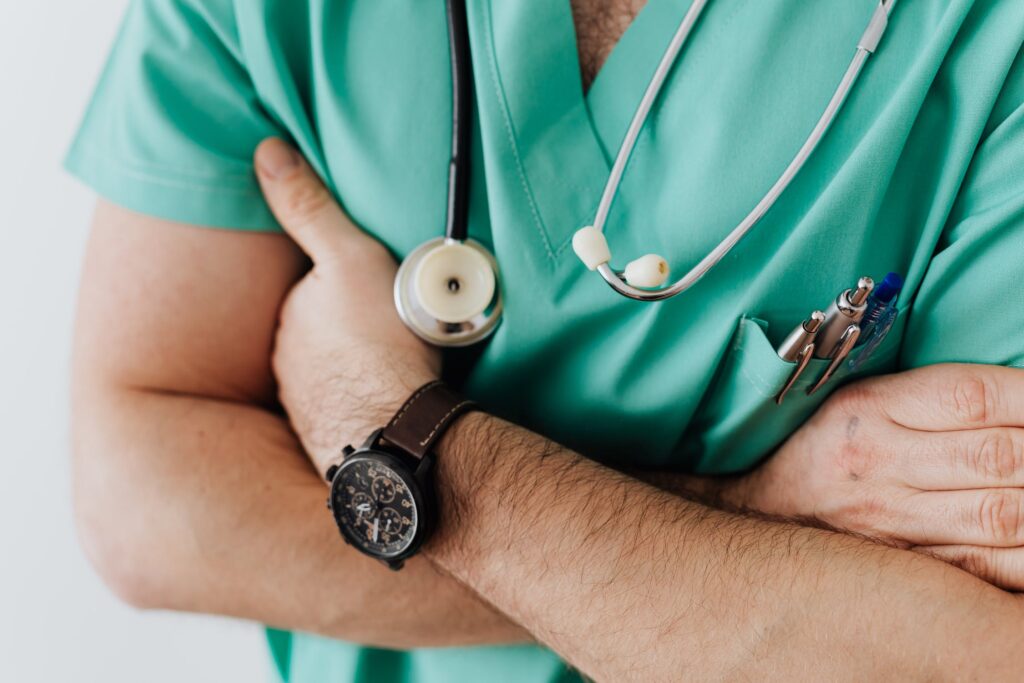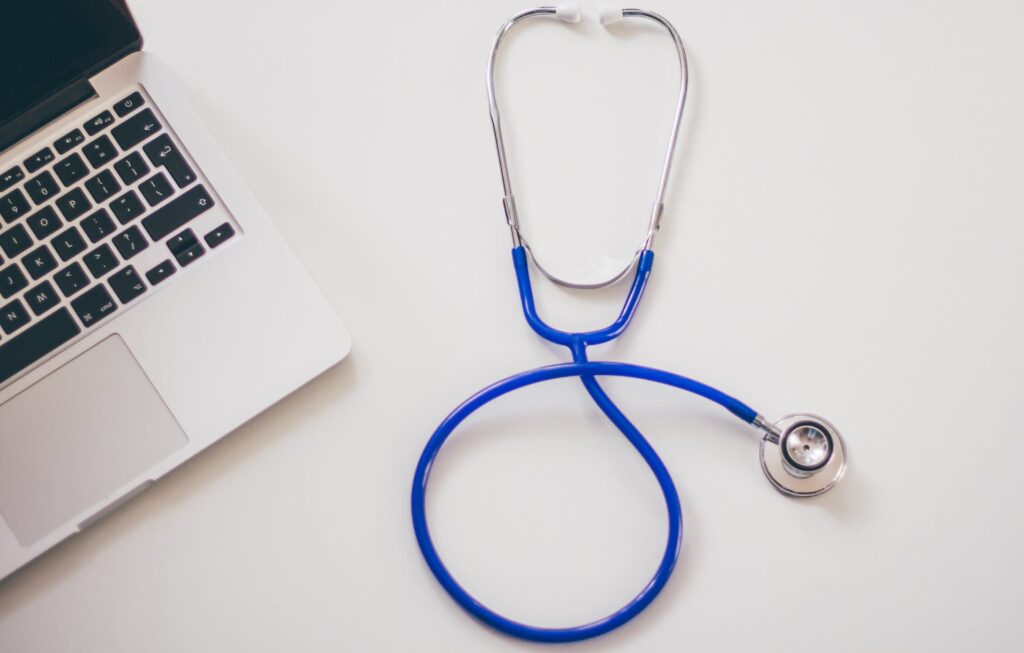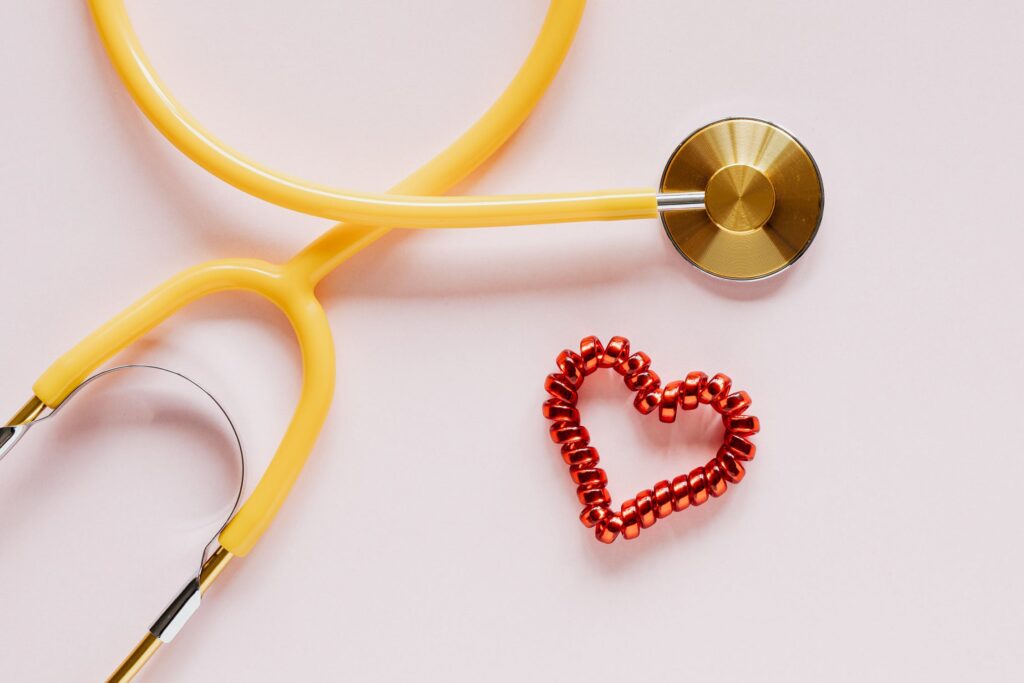The invention of the stethoscope changed the medical field forever. Up until 200 years ago, the doctors had to rely on patients’ feelings to determine the diagnosis. The method was unreliable since every person had its own way of interpreting the symptoms. The risk of misdiagnosing the patient was huge leaving doctors to connect the dots to the best of their knowledge. Almost every illness was diagnosed in the last stages when doctors were helpless to change the course of the disease. Considering all the facts, the doctors were brought to the level of the ancient shamans.
In the 1800s, the French doctor Rene Laennec made a tube out of his notebook to better hear his patient’s lungs, and the revolution was underway. Since then, stethoscopes evolved and changed many times, but the basic pretense still stands – the only way for doctors to know what’s going on in the body is to hear the sounds that point out different problems. The same notion was used when MRI, CT scans and PET emerged making it the greatest invention in medicine to this day. Today, doctors use different kinds of stethoscopes, from old-fashioned flexible tubes to digital ones. Visit this site to find out about the latest tech innovations in stethoscopes, and the overall medicine field.
The first image that comes to mind when someone mentions going to the doctor is a person in a white coat wearing a stethoscope. It’s the epitome of the medical doctors. The stethoscope is used to be worn around the neck, dangling down like a tie, not like a shawl – that’s just the hype TV shows imposed on us to make it look like a fashion accessory.

A stethoscope is a crucial tool that allows necessary physical contact between the doctor and the patient. A stethoscope is part of the thorough exam critical for establishing the connection with the patient’s well being while giving the doctor an insight into the symptoms. Doctors’ visits today are short without much contact with the patient. Mostly, they spend their time reading the stats or looking at the monitors. Physical touch is considered needless since the machines can talk instead of the patient.
Some doctors claim that conversation and physical touch are still the basis of every doctor’s exam. A stethoscope is one tool that lets them see and feel the patient’s aches. Despite all the technology, computers, apps, and every other advanced tool available, doctors need to establish a relationship with the patient based on trust and understanding. Without it, medical professionals are gearing towards becoming a computer’s data interpreters.
Even though some consider this two-centuries-old tool a “relic”, there are still instances when it’s irreplaceable.

- Pregnant women. Even though some modern machines are available to determine the state of the mother and the baby, they are largely avoided in pregnant women due to the levels of radiation. Moms-to-be are fully aware of the fact that CT scans can harm the baby deciding to trust their doctor’s opinion without the usage of modern machinery. Every doctor can safely and more quickly diagnose the inflammations and pneumonia of the mom, with the stethoscope. Shortness of breath, distinctive sounds and the conversation with the future moms can perfectly establish the potential pregnancy problems.
- The pulse. Heart pulse can tell a lot about the overall state of the patient. Irregularities can be detected by modern tools, but they cannot tell whether or not the blood is pumping into every part of the body equally. When a physician feels the pulse on the wrist of the patient, his or her heart might not be pumping in sync. To determine whether or not the heart rate, thus the blood, is flowing into all the parts of the body, the doctors use a stethoscope to listen to the heart rate while feeling the wrist pulse at the same time with their hands. This can point out bad circulation, which can further lead to the array of different diseases. Modern technology can not catch these abnormal circumstances which is why the knowledge and the experience of the doctors are still very much appreciated.

- Heart problems. Medical emergencies are instances when doctors need results right away. When someone’s life is hanging in the balance, doctors need to act quickly and their decisions need to be backed up by reliable instruments. An echocardiogram is one of the modern tools that detect heart rate and indicate any problems and abnormalities. However, the machine takes several hours to spit out the results. Doctors and emergency medical technicians don’t have hours, but minutes, and sometimes seconds to save a person’s life. In those circumstances, old-fashioned tools, and training kicks in with a stethoscope being the major instrument of determining the right course of action.
- Blood pressure. The modern apparatus for measuring blood pressure is precise and fast, no doubt about it. However, there have been many issues involving the lack of battery power, patients moving, speaking, or not holding their arm in the proper position, which can affect the results. With a stethoscope there is no doubt in heart rate and paired with the inflatable puff it will give the doctors the perfect readings every time.

- Keeping track of the recovery. Believe it or not, but the bowel movements are the best indicators of a person’s recovery from surgery. Anesthetics are known to slow down or even stop the bowels from their natural motions, and the sign of them being in action again is the best sign of the recovery taking a turn for the better. Doctors follow the progress by putting a stethoscope on the patient’s belly to listen if there is any sound coming from the lower stomach. Monitoring the vitals is also important, but they cannot tell you whether or not the patient’s health is in decline.
- Declaring the death. Despite the movies’ theatrical portrayal of the death when the flatline can be easily seen and heard, declaring the death of the patient is a much longer and detailed process. The doctor will try to hear the patient’s heart rate for a few minutes before definitely declaring death. Occasional beats can happen minute apart, and medical staff always makes sure that they made the right call.
